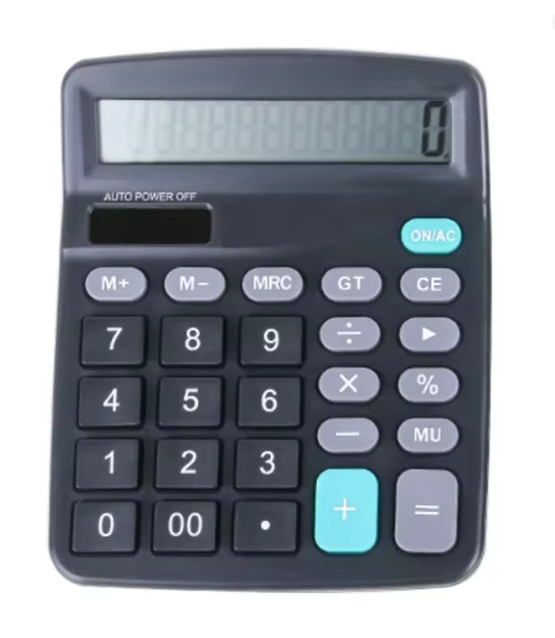Innovation isn't evenly distributed
Lots of pieces of tech in our everyday lives could benefit from small incremental improvements but because it was developed a long time ago, further development and optimisations are no longer carried out, even though technology itself has presented opportunities for improvement.
A case study...
- Small eInk displays are cool. And cheap. They've even begun to replace supermarket price tags (very low power and retain the display without power).
- People still use desk calculators. They must. Factories still produce cheap calculators by the container load. Despite breakthrough improvements to cheap displays, every new desk calculator still relies on the same 1st gen LCD display and weak solar panel it had in the 1990s.
- Where are the little incremental improvements happening to desk calculators as technology has improved? There'd be significant benefits to a desk calculator with a clearer display that doesn't need to "auto power off" all the time, where the number stays on the display on your desk indefinitely.
- The answer seems to be that items of technology reach a peak and then become too boring to work on, even if they are still everywhere. Once it becomes boring and generic it never improves after that, even if it remains commonplace, because despite the world having a population of 7 billion people (which would seem to point to a 100% probability of someone somewhere doing almost anything), and entire YouTube channels and fanbases dedicated to things like calculators, nobody is willing to go around making incremental improvements to low-margin stuff that's not the latest thing anymore.
- Perhaps they might contain more features; more of the features found in smartphones, while retaining their low pricetags. Nobody has more than one smartphone due to their high price, a calculator could be a low-cost alternative for complimentary functions thatcan be awkward on a smartphone.
- Smartphones are relatively high power devices needing dense batteries. Calculators are very low-power devices, so an eInk display would be a good fit at the opposite end of the market to smartphone devices. It might be a no-brainer to turn the entire surface of the calculator into an eInk touchscreen so the physical keypad can take on more dynamic functionality.
- What might an "app ecosystem" for a calculator look like? Many higher-end TI and Casio calculators of the late 90s were capable of running programs written in BASIC and even primitive binary apps. A low-fi alternative to a smartphone's app store might be the ability to slot in a MicroSD card to run various small pieces of software.
- In this way, perhaps "calculators" could fill in the gap for hobby programmers left by old retro computing devices, in the same way that telephones have turned into computers.

Tech innovation is never evenly distributed, but what if it were?
What would a desk calculator look like today if tech innovations from other devices had made their way into them?